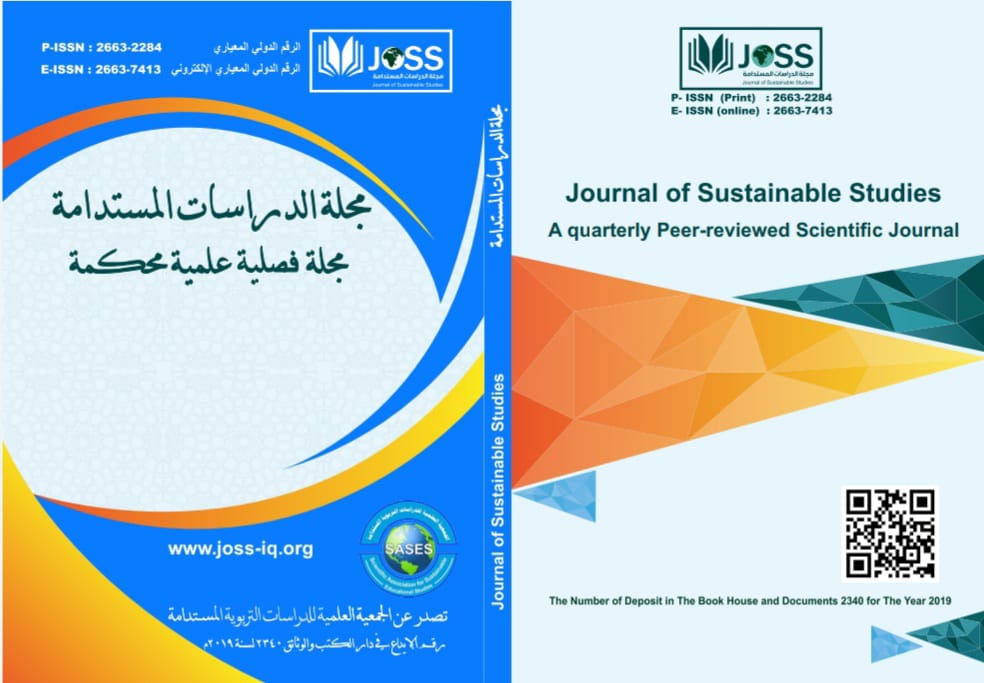Abstract
The study was concerned with population growth in the governorates of southern Iraq (Basra - Maysan - Dhi Qar), and the current status of reproductive health indicators approved by the World Health Organization, the study used the descriptive analytical approach, and the quantitative method in statistical analysis to indicate spatial relationships, and the study relied on statistics and reports issued by the Iraqi Ministry of Health, as well as the field study by conducting a questionnaire for 2030 women with a stratified random sample on women of reproductive age (15 - 49 years), the study reached several results, the most important of which are: Dhi Qar and Maysan governorates are in the first level for reproductive health indicators in the study area, while Basra governorate is in the second level, and there is a direct relationship between the high population growth rate and the increase in maternal mortality rate and perinatal mortality rate, and there is a direct relationship between the percentage of uneducated mothers and the increase in perinatal mortality rate, and there is an inverse relationship between the level of education and the percentage of mothers with anemia, and there is an inverse relationship between the level of education and the percentage of mothers with anemia.
Keywords
child mortality
Family planning
Maternal mortality
Population growth
reproductive health
Abstract
أهتمت الدراسة بالنمو السكاني في محافظات جنوب العراق (البصرة – ميسان – ذي قار) ، والوضع الحالي لمؤشرات الصحة الإنجابية المعتمدة من قبل منظمة الصحة العالمية، وقد استخدمت الدراسة المنهج الوصفي التحليلي ، والأسلوب الكمي في التحليل الإحصائي لبيان العلاقات المكانية ، واعتمدت الدراسة على الاحصاءات والتقارير الصادرة من وزارة الصحة العراقية، وكذلك الدراسة الميدانية من خلال إجراء الاستبيان لعدد 2030 سيدة بنظام العينة العشوائية الطبقية على النساء في سن الإنجاب (15 – 49 سنة) ، وتوصلت الدراسة إلى عدة نتائج أهمها : أن محافظتي ذي قار وميسان في المستوى الأول بالنسبة لمؤشرات الصحة الإنجابية في منطقة الدراسة، بينما محافظة البصرة في المستوى الثاني، وتوجد علاقة طرديه بين ارتفاع معدل النمو السكاني وزيادة نسبة وفيات الأمهات وزيادة نسبة وفيات الأطفال ما حول الولادة ، كما توجد علاقة طرديه بين نسبة الأمهات غير المتعلمات وزيادة نسبة وفيات الأطفال ما حول الولادة ، كما توجد علاقة عكسية بين مستوى التعليم ونسبة الأمهات المصابات بفقر الدم.
Keywords
النمو السكاني، الصحة الإنجابية، وسائل تنظيم الأسرة، وفيات الأمهات، وفيات الأطفال
